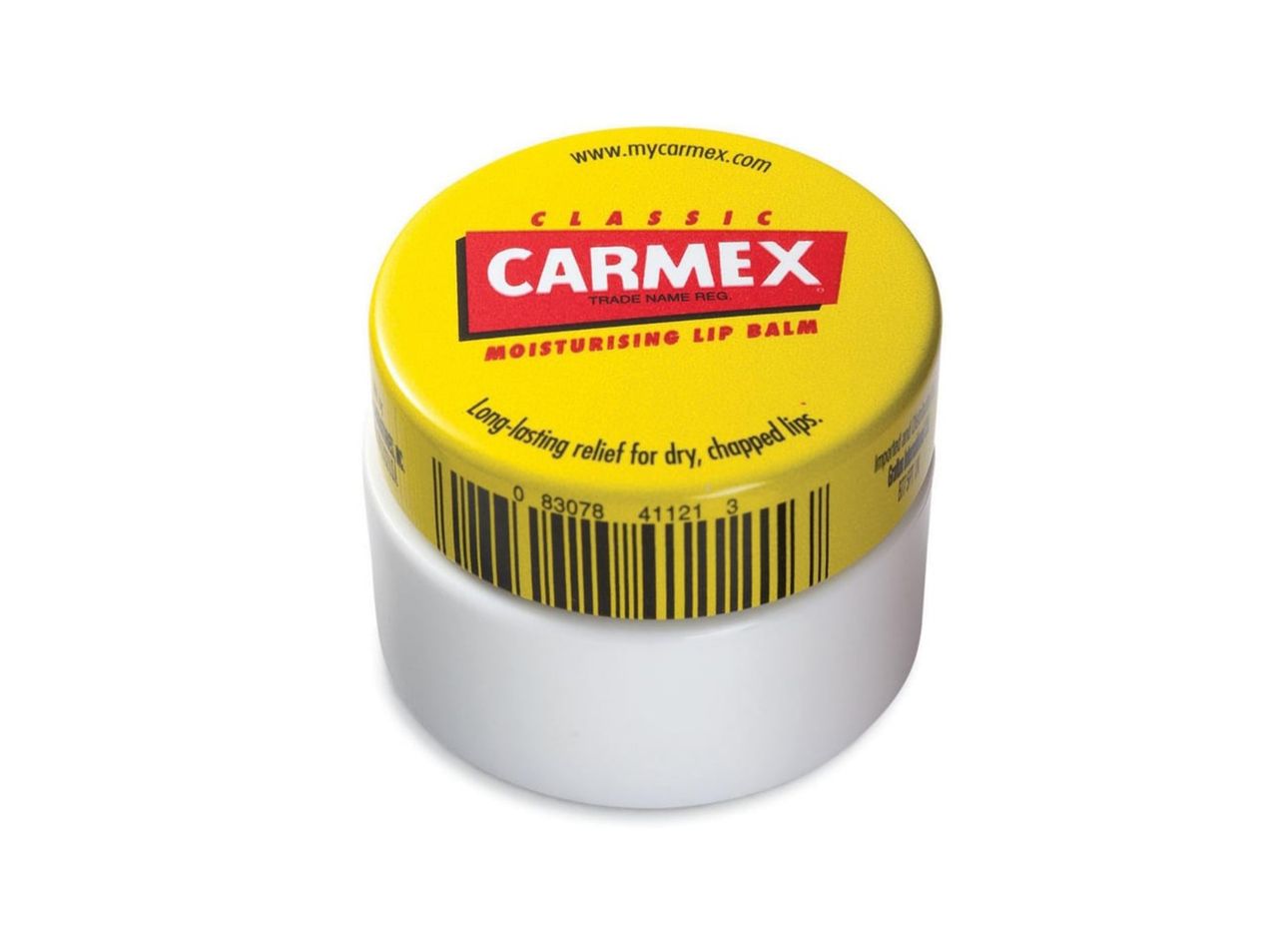
What’s Behind Carmex’s Polarizing Medicinal Scent
I first heard the conspiracy that using Carmex lip balm actually made your lips more chapped in high school, the best time to set the foundation for my suspicions about the world. One would apply it, only to have crustier lips—an addictive negative-feedback loop that sent tens of dollars into the pockets of Big Chapstick. The balm’s pungent, herbal scent, paired with its curiously delightful stinging sensation, gave the impression that one was smearing on a potent salve, something cooked up in an apothecary—or was it simply the aromatic charm of snake oil?
Carmex is “medicated,” a term it can legally use because it contains 1.7 percent camphor oil, a topical pain reliever. It’s made from the wood of the camphor tree (cinnamomum camphora), a plant native to East Asia with glossy leaves, delicate white blooms, and bruise-purple berries. Camphors were brought to Florida’s plantations for their abundant shade, ornamental leaves, and wintery-smelling wax, in 1875. (The tree has since been identified as an invasive species in the Sunshine State; it spreads by its berry seeds, which are poisonous to humans but delectable to birds, the plant’s primary source of dispersal.) Camphor—and its unmistakably, often polarizing, earthy, prickly odor—has been used for centuries in a variety of industries, including beauty (particularly in Arabic perfumes), food (such as in one of the earliest recorded ice cream recipes, from the Tang Dynasty), and most of all, medicine, for its ability to relieve pain, irritation, and itching.
In 1937, Wisconsin inventor and builder Alfred Woelbing incorporated camphor in his original recipe for Carmex, a combination of naturally derived ingredients including beeswax and lanolin, a waxy substance extracted from sheep’s wool. He whipped up the concoction on his stovetop, where it was made for 20 years before production was moved to a local factory. Named Carma Laboratories, Inc., the venture is run by the Woelbing family in Wisconsin to this day.
For application, in lieu of the balm’s original jar, many prefer the squeeze tube—introduced by Carmex in 1988, featuring a smooth and awkwardly phallic tip—which dispenses the icy goo directly onto the lips. But the real magic happens just a few centimeters up. The medicinal fragrance tingles the nostrils, as if one was taking in the cleansing breath of Boreas himself. Sure, your lips might be stinging, but who’s to say it’s not from the wind? Might as well reapply, just to be sure.